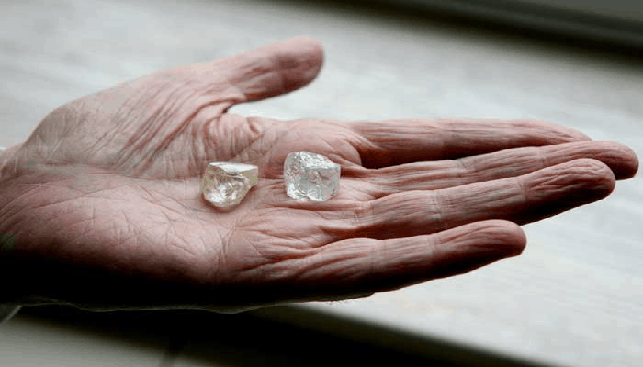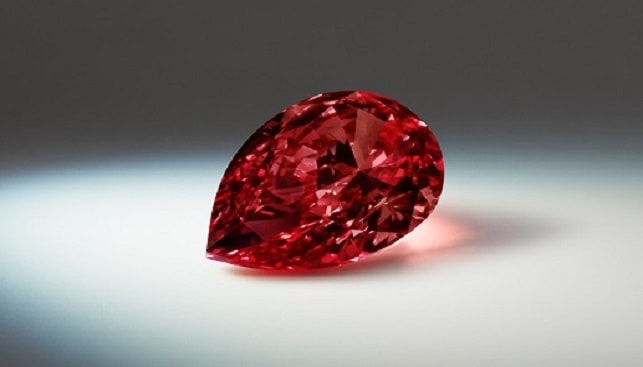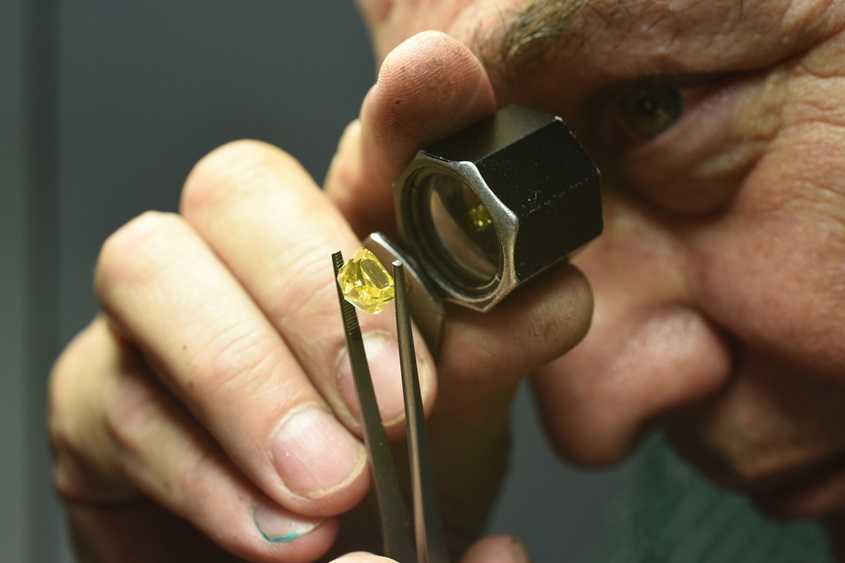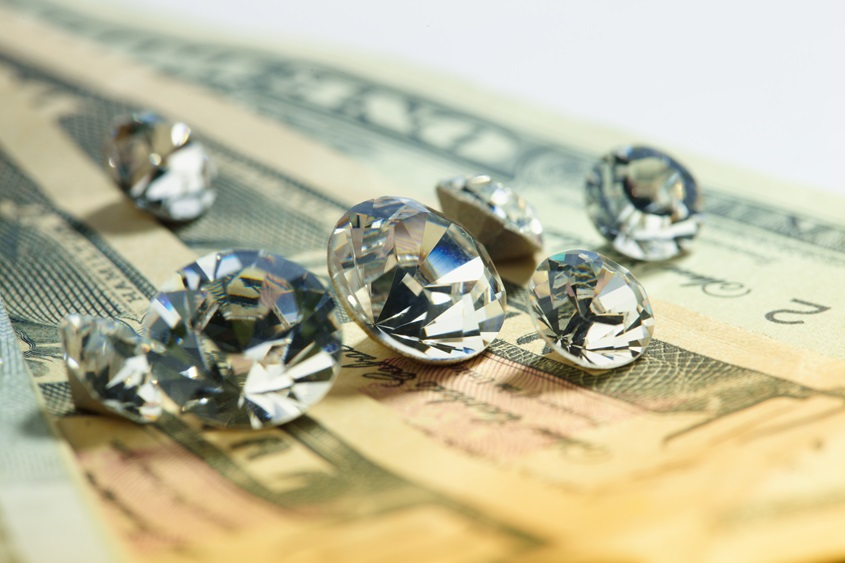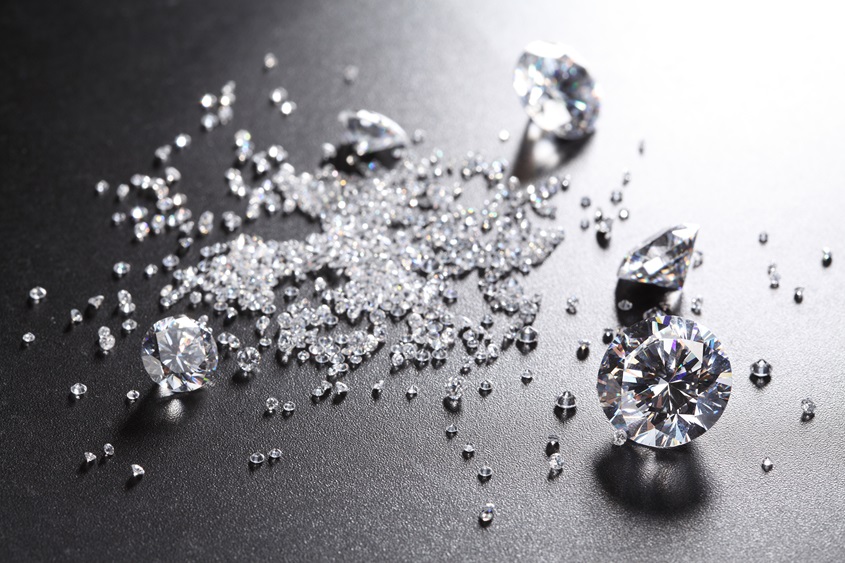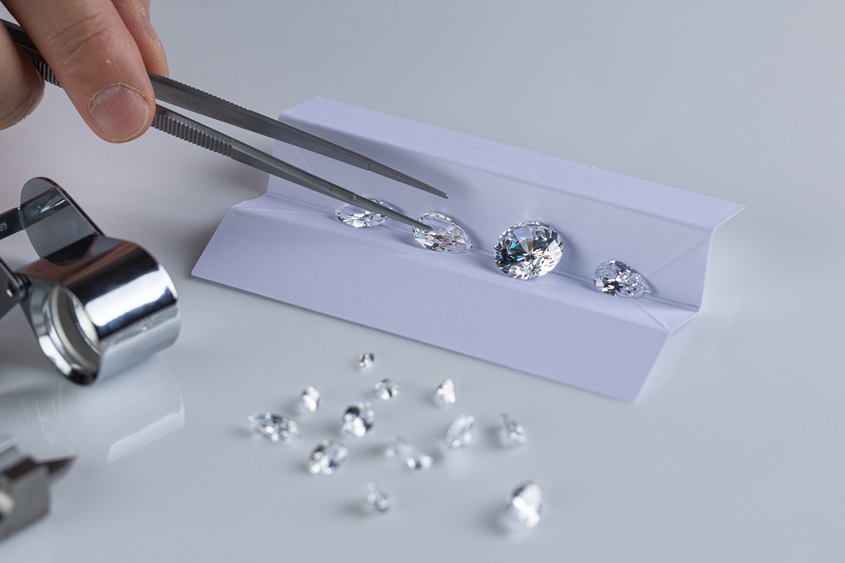Fracture filling is a diamond treatment developed to help conceal a diamond’s flaws.
The process of fracture filling using special glass formulas that have a refractive index close to that of a diamond was pioneered by Zvi Yehuda of Ramat Gan, and the term “Yehuda” is now a brand name used for fracture-filled diamonds.
In the 1990s, the Israeli diamond company Koss & Schechter tried unsuccessfully to use halogen-based glass to modify the Yehuda process. Dialase, a New York company, also performs fracture filling on diamonds using its own glass formula.
“Flash effect”
When examined under a microscope, fracture-filled diamond show not only the marks of laser drilling (a technique that improves a diamond’s clarity by removing inclusions) but also air bubbles and the flow lines of the filler glass. In addition, fracture-filled diamonds give off a “flash effect” – when the diamond is turned, it gives off flashes of colored light ranging from blue to yellow. Also, since the glass used to fill fractures is not colorless, it can affect the treated stone’s color by as much as a grade.
Fracture filling melts at a comparatively low temperature of 1400°C, which means that if a jeweler is not informed of the treatment a routine repair can cause a fracture-filled diamond to lose clarity or even shatter.
The Gemological Institute of America and most other major gemological laboratories do not issue certificates for fracture-filled diamonds, and according to the regulations set by the US Federal Trade Commission and the World Jewellery Confederation (CIBJO), all fracture-filled diamonds must be identified as such when they are sold.

